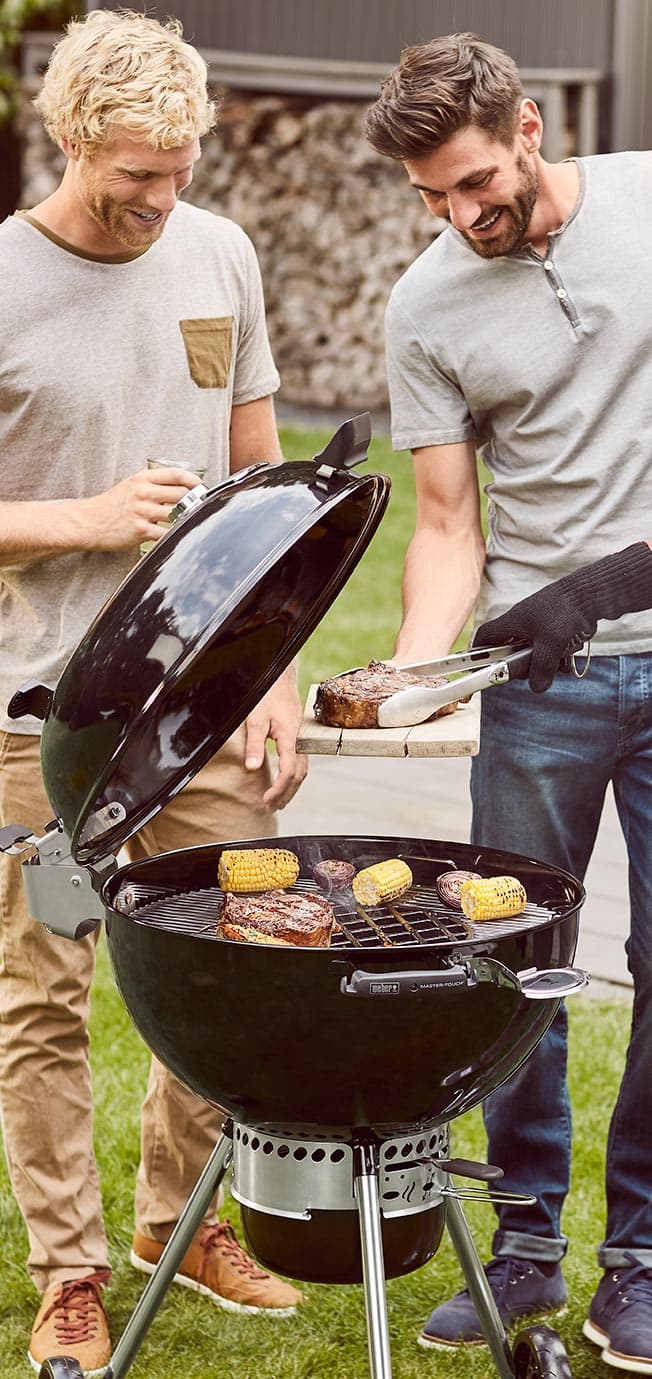Plantain Stuttgarter Riesen nets 250gr
Kaliber 14-21 mm
Product information "Plantain Stuttgarter Riesen nets 250gr"
- <p>moderate yield
- long shelf life
- good earliness
- ideal for cooking</p>
Tip: Onion prefers to grow in the sun, in a warm place. Onion also grows on almost all types of soil with a good structure, but prefers a soil of fertile, loose, humus-rich soil which retains moisture, but is sufficiently permeable.
If the soil is well maintained, fertilization is not really necessary. If you do use some fertilizer, do not use nitrogen-rich fertilizers (such as farmyard manure) to reduce the risk of diseases such as head rot or mold. Rather use a potassium-rich fertilizer.
When the onion foliage falls down, the onions can be harvested. Then let them dry until the foliage is completely dry. You can now remove the foliage and store the onions in trays in a well-ventilated, dry area. Storing in the form of an onion braid is also possible. Here we braid the leaves of the onions together with a cord. We then hang the braid in a well-ventilated, dry room.
The onion fly is about the only possible problem. A nice thing to know is that if you plant onions and carrots next to each other, you will find that you are less bothered by both carrot and onion flies. Also for tubers and beets, lettuce and tomatoes make good neighbors. Peas and beans, on the other hand, are to be avoided as neighbors.
Product specifications
| Plant group: | Onions, shallots and garlic |
|---|---|
| Section: | Onion |
| Peel color: | Yellow |
| Content in KG: | 0,25 |
| EAN: | 8719992993215 |
| Weight: | 0.26 kg |
| Contents: | 0.25 pc |
Reviews
Login
8 April 2025 10:29
Uitstekend
Bonne qualites
9 March 2025 12:25
Uitstekend
Vorige keer ok , nu dezelfde
2 March 2025 18:28
Uitstekend
Goed produkt.Kan alleen na het rooien beoordeeld worden.
12 February 2025 10:31
Uitstekend
Ieder jaar weer mooie uien.
5 February 2025 18:18
Uitstekend
Zien er heel goed uit
4 February 2025 11:35
Uitstekend
Afwachten ziet er wel goed uit













